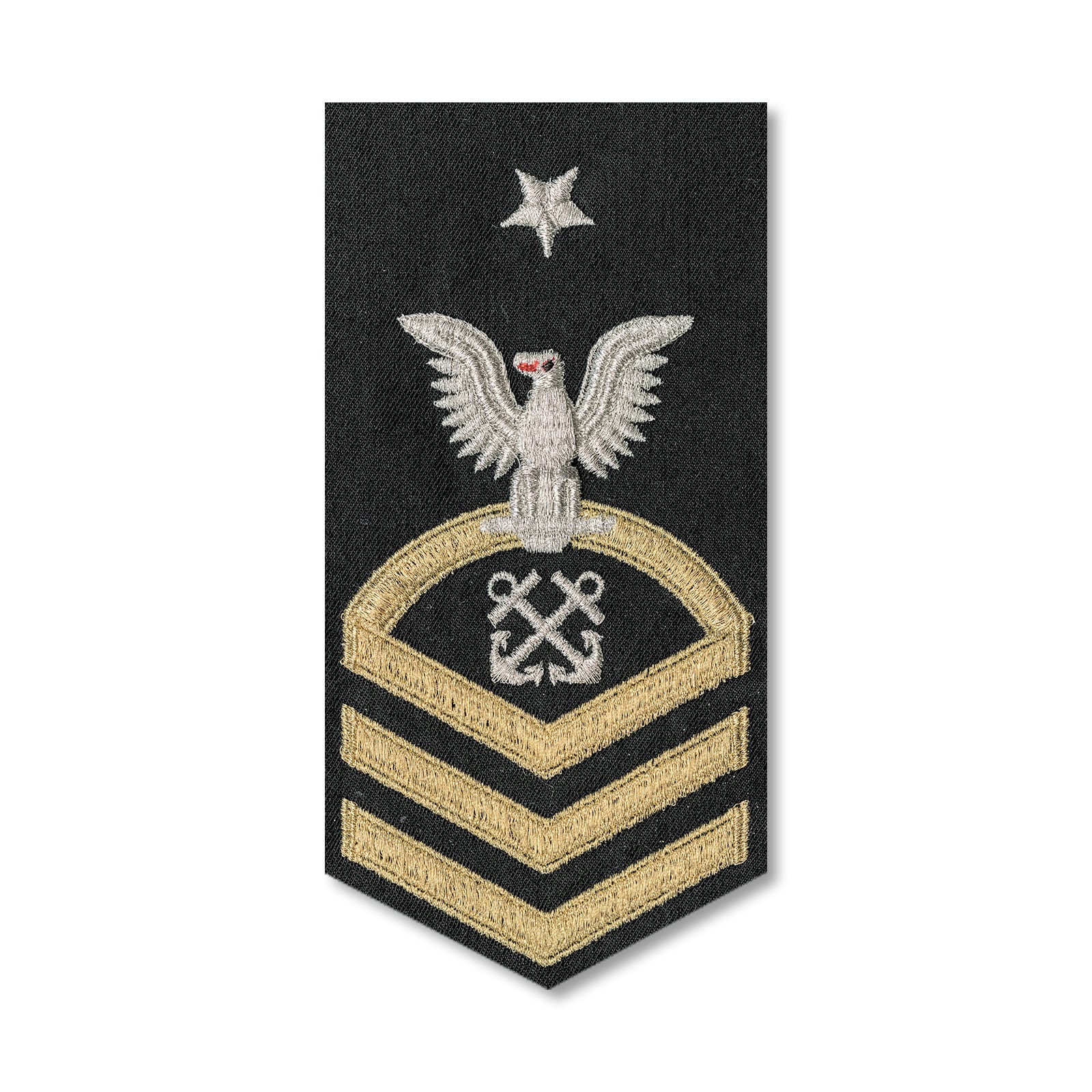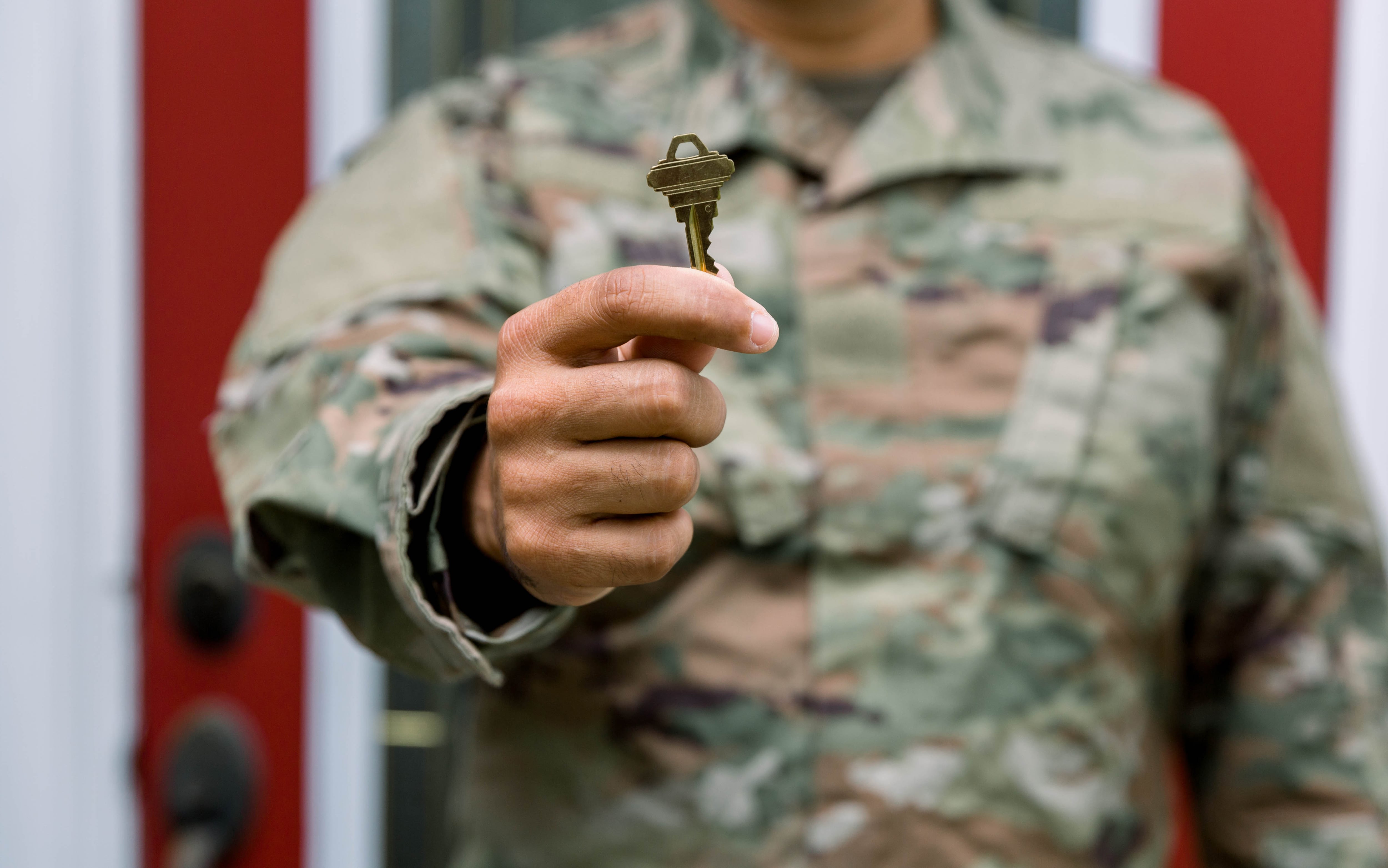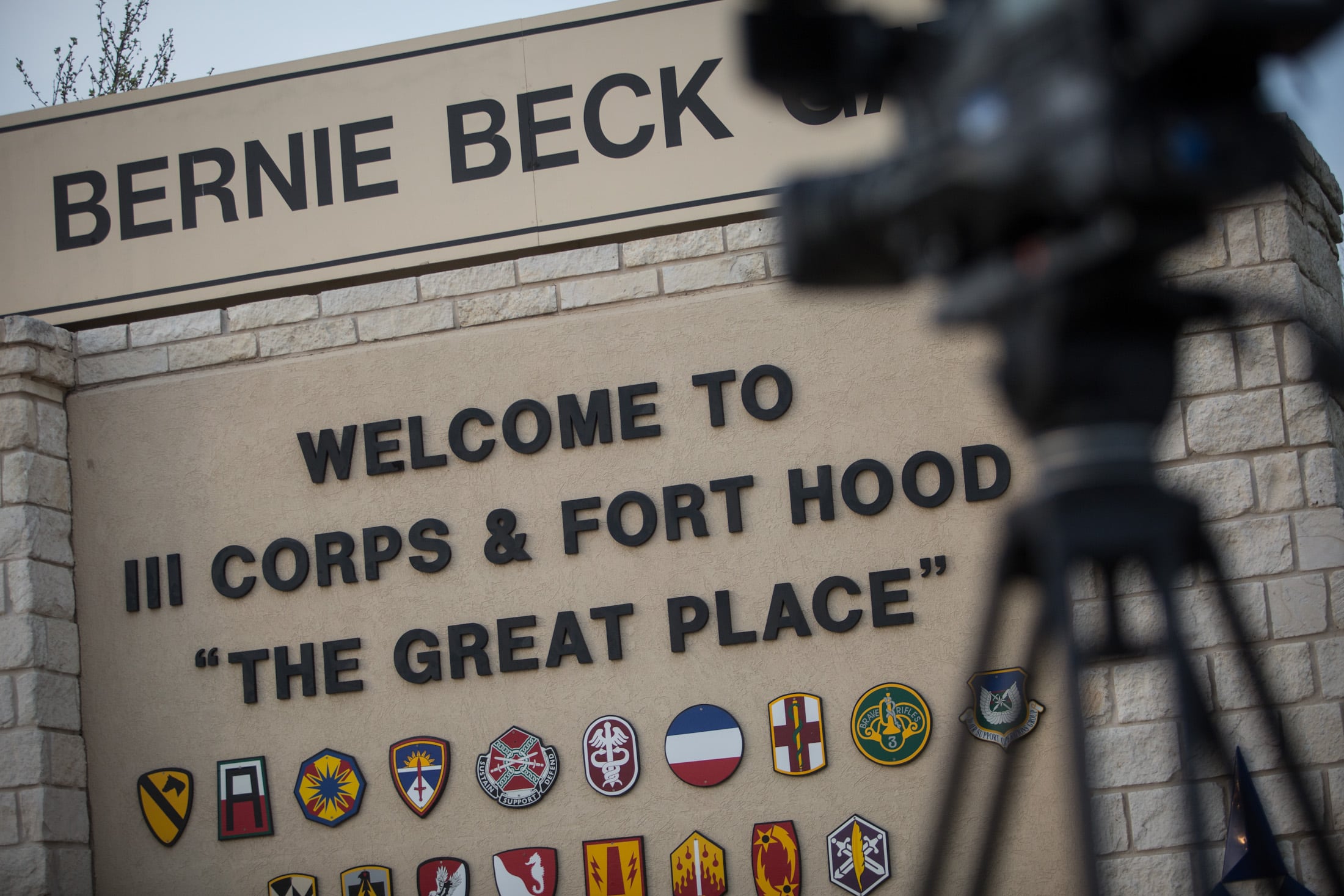The fiscal year 2016 E-8 selection board convened Monday with a slate of quotas allowing that will allow them to select 1,456 of the 12,741 eligible chiefs for a petty officers to add a senior chief's star over their chief's anchors and crow.
Those numbers drop the advancement shot to put the shot at advancement this year to 11.43 percent, down slightly again this year from last year's 12.03 percent opportunity. It's the second year in a row the shot at advancing dropped for what is statistically the hardest enlisted rank to make. after fiscal 2014's 14-year high of 13.62 percent
But statistically, the opportunity to advance shot is still good and still above the 10-year average of 11.2 percent., something officials strive to maintain if possible.
"As manning levels stabilized, advancement opportunity for our E-7s going before the E-8 board remains near the 10-year average," Fleet Master Chief (AW/SW) April Beldo told Navy Times April 21. "As [the chief of naval personnel] and I have shared during CPO mess engagements, some ratings show swings as they respond to fleet manning needs, but overall we have seen a stabilization of opportunity and expect to remain close to the average for the foreseeable future."
Putting on senior chief, through the years, has been statistically the toughest ratepaygrade to achieve. Historic percentages show it annually has the lowest percentage of advancement in the enlisted paygrades.
Still, though the trend is down, as was the case for the E-9 board earlier this year, officials aren't worried and see this more as opportunity settling into a new norm after the spike of the last two years.
In all, this year's opportunity, though decreasing overall, has actually evened out across the board. That's because now 47 of the 88 ratings at this level are advancing at or above the Navywide 11.43 average, up from 32 last year.
This cut the numbers of below average ratings to 41, down from 56 last year.
The reason for this year's slight decline comes, even as Quotas increased by 11, but overall advancement dropped since there are 731 more eligible chief's competing for those slots this year.
The good news is every rating and competitive group will advance at least one chief to senior chief, officials say.
Of note is the Navy diver rating, where there are 142 chiefs split between two competitive groups — Group 1 are those qualified as master divers, while Group 2 members hold lesser, first class diving qualifications. For those with the master diver qualification, there are quotas for nine to advance, but only two qualified chief's to fill those billets, so both will advance. With 100 percent opportunity, this group tops the list.
But their diving counterparts with lesser qualifications aren't so lucky. They and actually have the worst shot at advancing this year as there are only two quotas and 142 eligible candidates — just a 1.41 percent shot at moving up.
This year's other milestone is that those selected this year will be are the last year-group of senior chiefs to be "grandfathered" in under the old, optional Senior Enlisted Academy Program. Starting with next year's board, all those selected will have to complete the SEA within three years in order to be eligible to advance to master chief.
Mark D. Faram is a former reporter for Navy Times. He was a senior writer covering personnel, cultural and historical issues. A nine-year active duty Navy veteran, Faram served from 1978 to 1987 as a Navy Diver and photographer.




